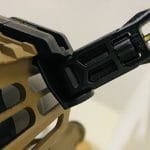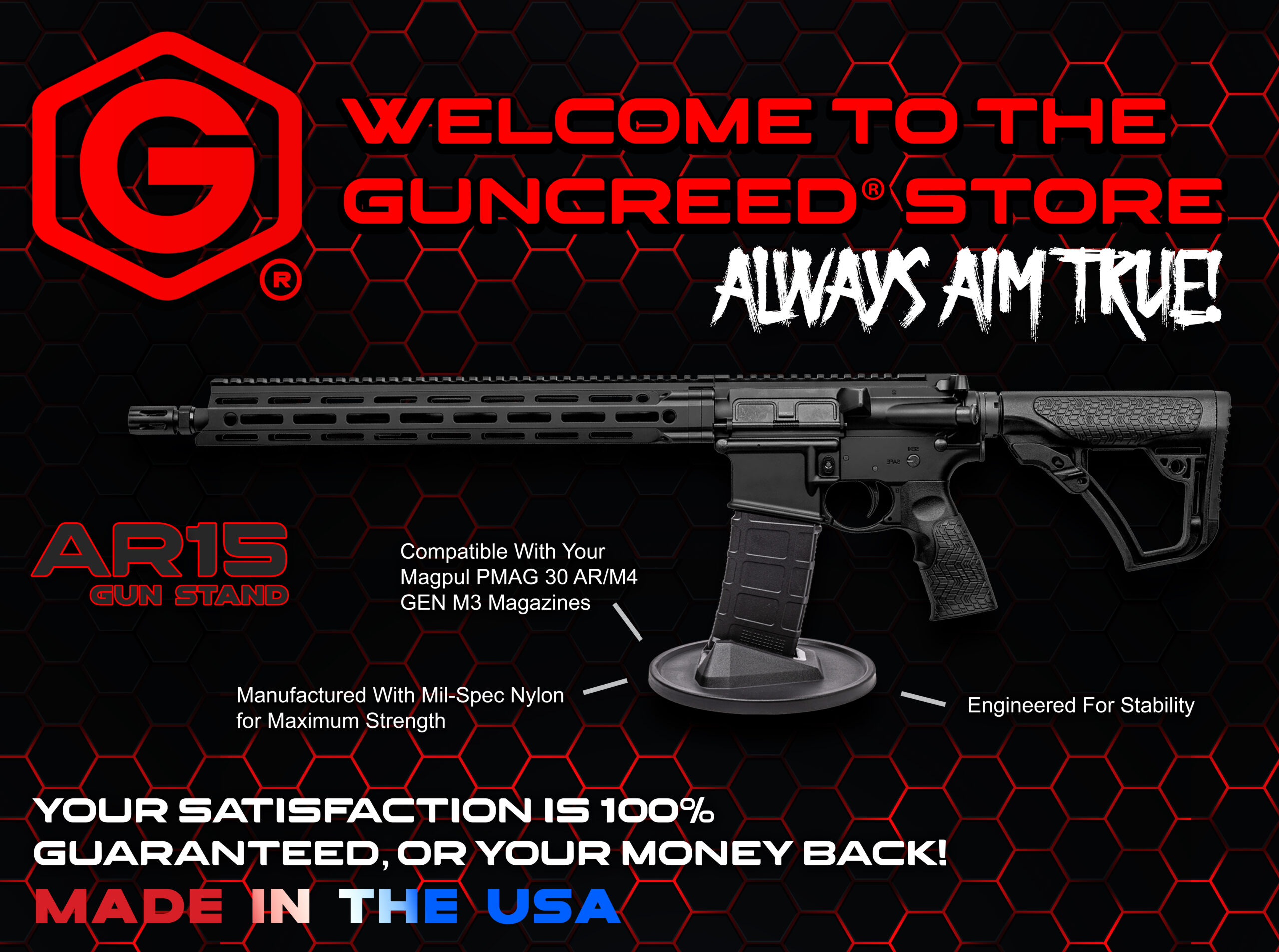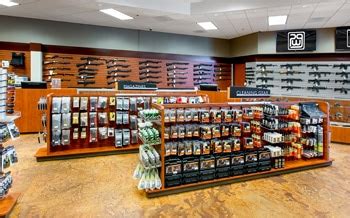


Free Shipping | 99% of all stands ship within 24 hours
We appreciate you sharing this:


We appreciate you sharing this:

Categories:
Choosing a handgun for personal protection is a decision that deserves careful thought. With so many options available, it’s easy to feel overwhelmed by brands, calibers, sizes, and features. Whether you’re looking for your first handgun or upgrading your current setup, this guide will help you make a smart and confident choice.
The handgun you carry or keep for home defense must be dependable, easy to operate, and comfortable to shoot. A poor fit or unreliable model could put your safety at risk. Choosing the right handgun is about more than brand names—it’s about selecting a tool that suits your needs, skill level, and environment.
Before picking a handgun, ask yourself: What will I primarily use this for?
Handgun size greatly affects concealment, recoil, and shooting comfort. The main categories are:
Popular calibers for personal protection include:
Visit a local gun store or range and handle several models. Ask yourself:
Every hand is different—what works for one person may not work for you. Comfort equals confidence.
Modern handguns come with various features. Consider your needs for:
Choose a handgun that’s easy to clean and has readily available parts, magazines, and holsters. Big-name brands like Glock, SIG Sauer, Smith & Wesson, and Springfield Armory offer wide aftermarket support and excellent customer service.
There are excellent handguns in every price range. Expect to spend:
Choosing the right handgun for personal protection isn’t just about picking a popular model—it’s about finding what works for you. Comfort, confidence, and consistency matter most. Try several options, prioritize reliability and fit, and invest in proper training. Your safety deserves the right tool in the right hands—yours.